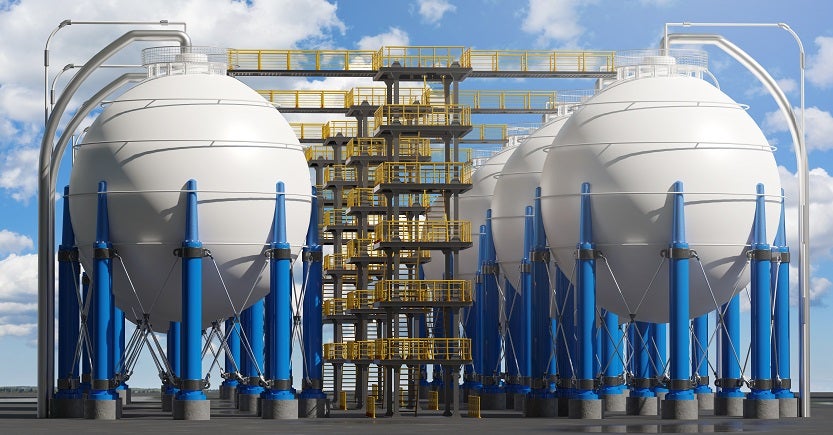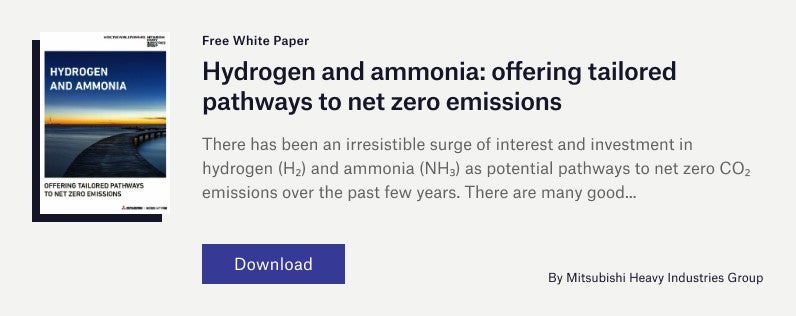
Duarte leans forward and consults her hypothetical crystal ball as she ponders the future of hydrogen power in Europe. “It’s a big question,” she says. Based in Brussels, Duarte knows first-hand that moving forward with any kind of large-scale infrastructure project means engaging with both policymakers and the markets.
“How is the EU going to deliver on its hydrogen ambitions? It’s going to be through lots of different collaborations, it’s going to be partnerships. It’s going to be pushing the markets, but also pushing the regulatory side,” she says.
Hydrogen in Europe
The EU’s hydrogen agenda is nothing if not ambitious. The EU’s aims are to produce 10 million tonnes and import 10 million tonnes of renewable hydrogen into the EU by 2030.[i] The EU’s Hydrogen Strategy and REPowerEU plan[ii] put forward a framework for the uptake of renewable hydrogen to support Europe’s commitment to decarbonisation and reduce dependence on imported fossil fuels. The Hydrogen Strategy was proposed by the European Commission (EC) to boost ambitions for renewable hydrogen as an important energy carrier to accelerate the energy transition.
Other initiatives from the EU include the Clean Hydrogen Partnership, a joint public-private collaboration supported by the EC, and the Innovation Fund, contributing to the EU Green Deal and Hydrogen Strategy through research and innovation activities.

Roadmap to 2050
The European Green Deal introduces a political and legislative framework for achieving carbon neutrality by 2050, with the EU’s target to remove 2,800Mt of carbon emissions by 2050, equal to 78% of total emissions in 2014. This goal is central to the Green Deal and aligns with the EU’s Paris Agreement pledge to global climate action.
Duarte says that the mood in Brussels is very positive around the scale of ambition, but a lot of work lies ahead. “We have to get lower power prices and more renewable availability,” she notes. “For renewable hydrogen, we need a huge amount of renewable electricity and some of the hold-up is due to permitting procedures that can be extremely lengthy.”
One of the hardest debates surrounds this availability of renewable electricity, to service renewable-hydrogen production. It’s no good using fossil fuels to increase supply and we cannot simply cannibalise existing sources, points out Duarte: “It’s the so-called ‘additionality’ debate…and we expect to see some movement before the summer break. This will apply rules on how we can connect to renewable power and additionality will be a big part of it.
“Another aspect is hydrogen energy storage. As we know, solar and wind produce surplus electricity some of the time and deliver low output at other times. We can balance this by producing hydrogen when output is high — and re-electrifying it to supply power when output is low. Hydrogen’s potential for long-duration energy storage will help electricity grids to cope with intermittency and variability of renewable energy output. But we don’t yet have the market signals and remuneration mechanisms to do so. How storage interacts with the system will be important to the business case and to reach those targets.”
Boosting capacity by importing
The EU could supplement capacity by importing from places such as Australia, Chile, Morocco, and the United Arab Emirates – nations that all have significant potential to produce renewable energy, and where developers already have interests in hydrogen projects. Importing is important to increase volumes, but energy security is also seen as a crucial factor here, especially in uncertain times.
We need the correct infrastructure in place, at both ends of the supply chain, explains Duarte: “In Europe we see it from the perspective of importing and our terminals. But in the origin country, we need infrastructure that is planned consistently. Part of those 10 million tonnes of hydrogen that the Commission is considering – 4,000,000 tonnes – is ammonia, which is a traded commodity, while hydrogen is currently not. But we don’t know what the carrier will be yet. Will it be hydrogen? Ammonia? Methanol? That is a decision that will have to be taken, and I’m not sure if by policymakers or by the markets.”
Regulatory hurdles and moving forward
Putting all the pieces together is like solving a jigsaw puzzle where we don’t have a complete picture to follow. The industry is struggling to get everything together in terms of timelines of different support systems and schemes to make projects work. In terms of regulatory issues, will permits be in place by 2030?
Duarte is confident: “From a regulatory perspective, the EU is a world leader in this. Not only hydrogen, but in many fields such as sustainable finance. This has always been a field where the EU has led the discussions.”
Moving forward will combine regulatory issues and the market, says Duarte: “Industry expects policymakers to deliver certainty. Then policymakers give you certainties that are too stringent. It’s a difficult balance. Industry needs to continue showing its appetite to invest and at the same time, policymakers must finalise and provide the financial backing that is necessary to kickstart the hydrogen economy.”
Moving forward, Duarte says that Europe needs to keep an open mind: “At Mitsubishi Heavy Industries (MHI), we have the ability to cover different parts of the supply value chain, for different carriers or decarbonisation solutions. We have that flexibility, plus we are diversifying our investments. I think there is merit in looking into other things such as turquoise hydrogen (methane pyrolysis), and so on. Different regions have different strengths and different resources. We don’t need to choose just one technology.
“We have to remain open, as long as we keep the decarbonisation potential and energy transition as our ultimate goal.”
Mitsubishi Heavy Industries (MHI) Group is one of the world’s leading industrial firms and provides comprehensive solutions to create a carbon-neutral world while working in a number of industries, including power and energy. For more information, download the paper below.
[i] https://energy.ec.europa.eu/topics/energy-systems-integration/hydrogen_en#:~:text=The%20ambition%20is%20to%20produce,in%20energy%2Dintensive%20industrial%20processes.
[ii] https://commission.europa.eu/strategy-and-policy/priorities-2019-2024/european-green-deal/repowereu-affordable-secure-and-sustainable-energy-europe_en


